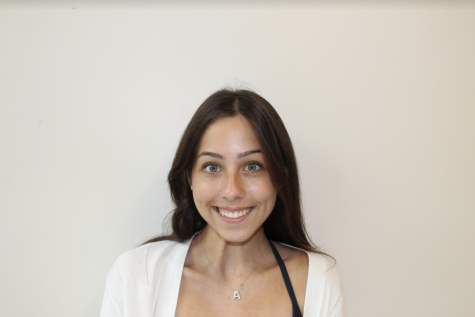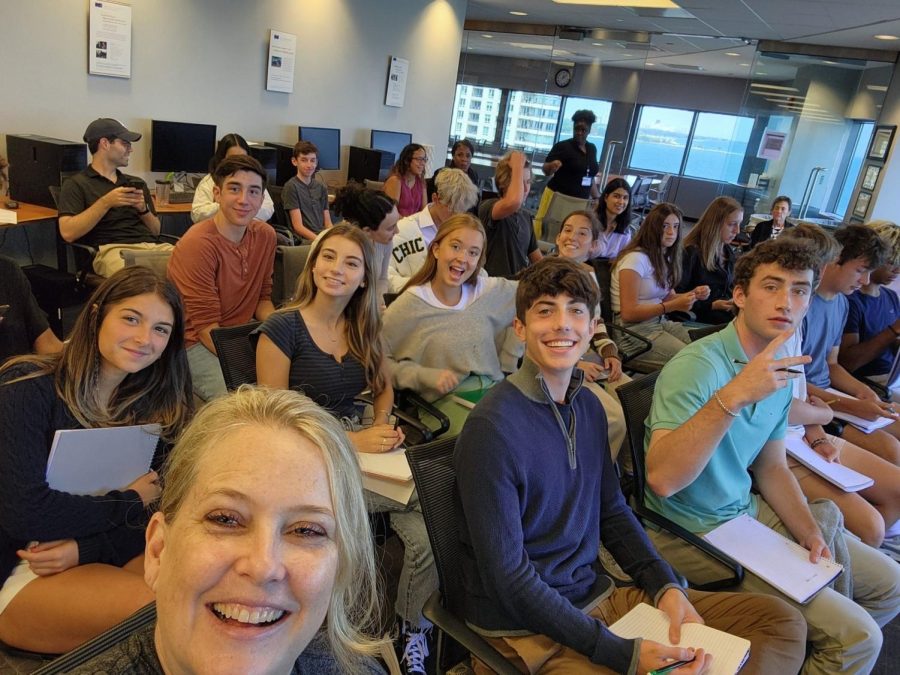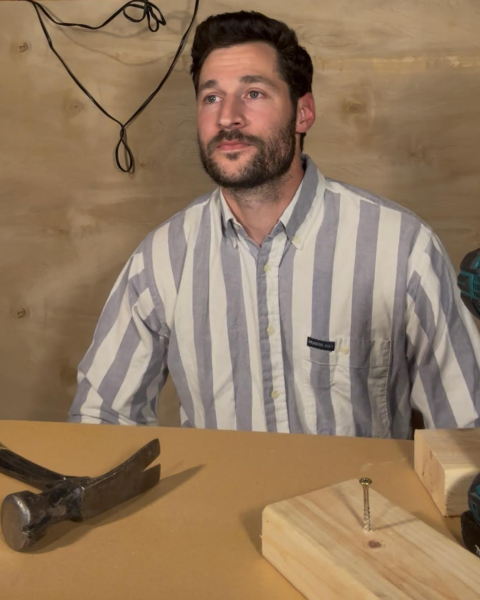Parker Students for Peace
Civil Liberties class attends Northwestern symposium on Chicago gun violence
Photo credit: Jeanne Barr
Students in the Civil Liberties class pose for a photo at Northwestern University.
In September 2021, Northwestern Bluhm’s Legal Clinic hosted a symposium entitled “Gun Possession In Chicago, What the Headlines Don’t Tell You.” Public health advocates, law professors, and police officials assembled to discuss Chicago crime rates and gun control. At the end, several panelists and participants noted interest in creating a report addressing Chicago gun possession and violence rates. From this, the Illinois Blueprint for Peace was crafted. A followup symposium, discussing the blueprint, was hosted on September 22. History teacher Jeanne Barr, her Civil Liberties class, and two SADD committee heads (Students Against Destructive Decisions) attended and observed the discussion.
This year’s symposium featured four panelists: Lead Chicago Organizer of Live Free Illinois’ Artinese Myrick, Director of the Illinois Justice Project Garien Gatewood, UC Berkeley School of Law graduate Emmanuel Andre, and Policy Director of the Children Family Justice Center at Northwestern Law Stephanie Kollman.
At Parker, Barr’s Civil Liberties class explores constitutional topics and contemporary issues. Within the first unit, students study the second amendment, and in that, the right to bear arms. Barr recalled that after the event, her students engaged in valuable discussion.
“Students seemed to really respond to it, and it dovetailed with our studies of the second amendment really nicely,” Barr said.
The Illinois Blueprint for Peace report has three fundamental objectives to better Chicago gun control. The first one is to “invest in healing and holistic violence prevention,” and by doing this, redefining narratives and investing in communities affected by gun violence. Barr noted that the panelists discussed strategies to interrupt or prevent violent situations.
“I remember [the panelists] talking about how we need people monitoring social media, not the government, but people in the communities,” Barr said. “It’s important to make smarter use of social media to find out where violence might occur.”
Another objective on the Blueprint’s is to “improve sentencing and policy integrity,” pushing conformity with gun laws and executing “less harmful sentences,” according to the website.
“The fear of guns, the alarmist media reports about guns, Chicago’s status as the gun possession capital of the world is driving fear-based policies like, ‘let’s lock them up. Anybody who’s even near a gun, let’s lock them up,’” Barr said. “If we really want to address gun possession, and the violence associated with it, we need to rethink all of these processes. That was the gist of the seminar.”
Senior Lucas Daskal, a student in Civil Liberties, attended the symposium. He enjoyed showing the panelists “appreciation” for the work they do.
“It opened up to me a new perspective on change and on justice,” Daskal said. “On the news, a lot of times we see these political figures or these hyper-popular activists, but we often don’t see the people behind the scenes who are doing the heavy lifting. These guys were definitely doing that.”
Sophomore and SADD Committee Head Sloane Demetriou also attended the symposium. She described the event as an “incredible experience.”
“It was clear that the panelists were devoted to helping those who have been impacted by gun violence, which was so inspiring,” Demetriou said. “Not only did I learn so much, but it broadened my horizons on the topic of gun violence and how we as a community can help others.”
This year, the SADD committee plans to center a new focus on gun violence and possession in Chicago.
“Those who are impacted by gun violence are mentally affected by the situation and it’s important that it’s addressed,” Demetriou said. “Going into the symposium helped me understand more about what I can do in order to make a positive impact on those struggling.”
Daskal described the overall experience as “powerful.”
“These were people who had a deep understanding and extensive knowledge of what the Blueprint for Peace was and what was necessary in order to achieve its goals,” Daskal said. “It was cool to see them as evidence of ‘yes, we can create change and it starts here, it starts in this room, and at Parker.’”








